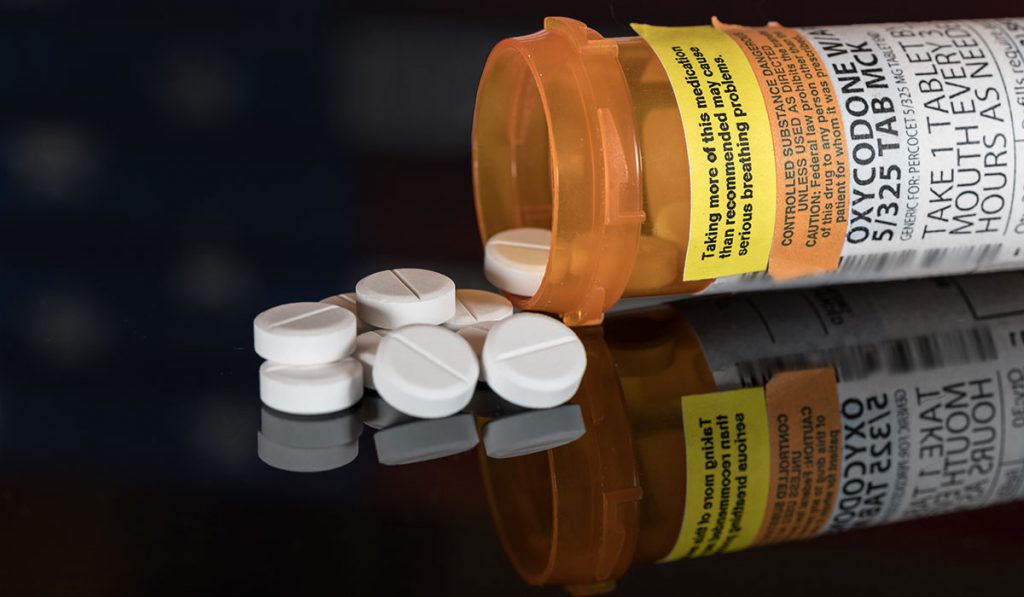In the face of the opioid misuse crisis, some policymakers and researchers are asking: What makes some patients more likely to misuse than others?
The answer may lie in endogenous opioids, often referred to as endorphins, which mediate a person’s pain sensitivity. “People who are missing a natural ability to deal with pain are often the ones most at risk,” says pain researcher Stephen Bruehl, Ph.D., professor in the Department of Anesthesiology at Vanderbilt University Medical Center.
Understanding Natural Pain Responses
Endogenous opioids are part of broad networks of neurotransmitters and receptors that produce both analgesia and undesirable responses interpreted as pain. Bruehl has shown endogenous opioid levels can be used to predict morphine responses.
“People with low levels of natural opioids get the most relief from pain medications, while those who already have high levels of endogenous opioids get very little relief, even from substantial amounts of morphine,” Bruehl said.
Bruehl is now studying the degree to which endogenous opioid networks interact with other antinociceptive systems, like the endocannabinoid system (natural substances similar to cannabis), to explain additional factors that may contribute to an individual’s analgesic responses.
Endocannabinoids and Pain Relief
“There’s a fair amount of evidence in animals that endocannabinoid and endogenous opioid systems are interrelated and interact. They both act at the spinal level and within the brain to modulate pain processing, and their receptors are often co-localized to the same nerve cells” said endocannabinoid researcher Sachin Patel, M.D., James G. Blakemore Professor of Psychiatry at Vanderbilt. Bruehl and Patel recently collaborated on a crossover study published in the journal PAIN.
The group measured endogenous opioid activity and endocannabinoid levels in 46 adults under three separate drug conditions: placebo, naloxone (opioid antagonist) and morphine. They asked participants to rate chronic back pain intensity and subjective drug effects (cognitive, emotional, and so forth) four times during each drug condition.
They found circulating endocannabinoid levels significantly moderated the relationship between endogenous opioids and low back pain. Low endogenous opioid levels again predicted greater morphine analgesia. However, this inverse relationship was most apparent in people also having low levels of circulating endocannabinoids.
Translating Results to Misuse
“People who have both low endogenous opioids and low endocannabinoids… also have the highest drug liking and desire to take the drug again.”
People who reported the strongest pain relief from morphine also had strong subjective responses to it. “Not only are the people who have both low endogenous opioids and low endocannabinoids the ones who get the best pain relief from morphine,” Bruehl said, “they also have the highest drug liking and desire to take the drug again. Those are psychological consequences of taking an opioid that are believed to drive misuse.”
The team is now looking at how non-drug treatments, such as exercise, meditation and spinal manipulation therapy, may increase endogenous opioids and endocannabinoids. According to the new study, enhancing these natural systems could lower a person’s risk of misuse.






